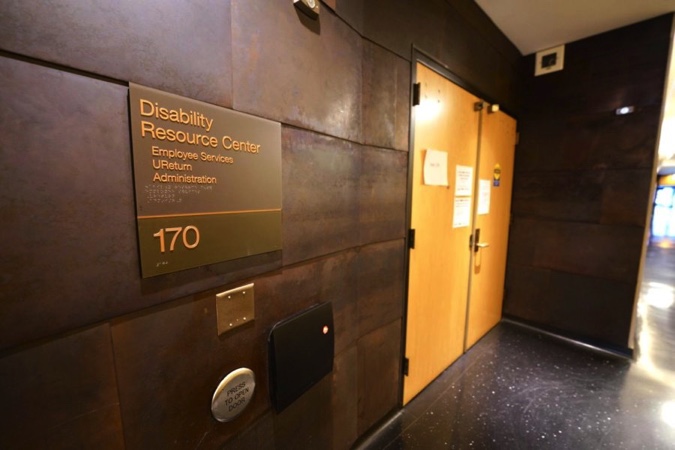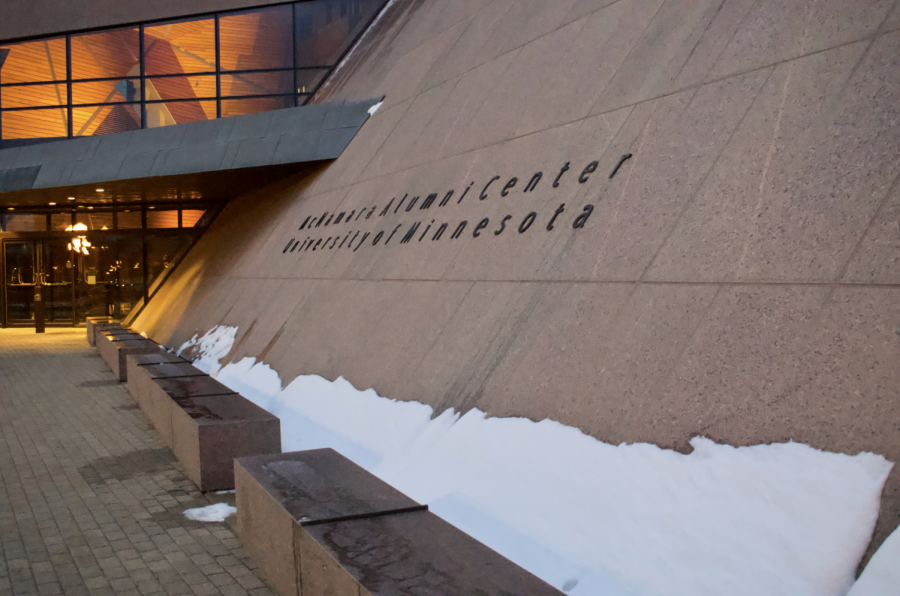Though the economy has bounced back since the Great Recession, state funding to Minnesota’s land grant institution hasn’t followed suit.
Tuition at the University of Minnesota has risen roughly 40 percent since 2007. Meanwhile, state funding lags behind rising costs and inflation. And if the trend continues, University officials and political experts say students could expect to shoulder more of the cost every year.
“Higher [education] is not doing well at this point anymore, and it’s not a surprise because the consensus that used to hold together on higher [education] spending in the United States, especially in Minnesota, has broken down,” said Hamline University political science professor David Schultz.
The University requested a $147.2 million increase to its biennial budget this year. But proposals max out at $29.6 million — roughly 20 percent of the request.
When adjusted for inflation, the total proposed budget falls about $135 million under the University’s 2008 allocation.
“This is one of the worst legislative sessions for the University in some time,” said Larry Jacobs, director of the Center for the Study of Politics and Governance at the Humphrey School of Public Affairs.
A House and Senate conference committee held a meeting on Tuesday where University and state higher education officials voiced concerns over low allocations for state colleges and universities.
“The House currently provides less than half and the Senate less than a third of the postsecondary investment the governor deems appropriate and necessary,” Larry Pogemiller, commissioner of the Minnesota Office of Higher Education, said at the meeting. “If we don’t invest … close to the governor’s level, tuition will go up and quality will go down.”
Gov. Mark Dayton recently told the Minnesota Daily he would veto a higher education spending bill if proposed funding levels don’t approach what he recommended.
Meanwhile, University administrators are mulling preliminary tuition hikes up to 5 percent for residents and 10 percent for nonresidents for the coming year if funding falls short.
To avoid a tuition increase, some on the Board of Regents advocate for cuts toward administrative expenses and outreach to alumni to fill the holes.
But the future, experts say, is dismal.
System-wide pressure
State funding per student at all Minnesota colleges and universities has dropped roughly 15 percent since 2008 when adjusted for inflation, according to a report released last year by the Center on Budget and Policy Priorities.
“You’re watching a change in who’s the primary provider of funds for the education of the students at the University of Minnesota,” said Brian Burnett, University senior vice president for finance and operations. “And it’s changing from the state to the parents and students.”
Part of the struggle stems from indifference from rural and often Republican legislators, who argue the University caters toward metro residents, Jacobs said.
“We are not a tangible benefit to many legislative districts,” he said, adding that the University’s extension program’s shrinking reach has led to diminished support at the Capitol.
Rural legislators have turned their support to Minnesota State schools in recent years, political science professor David Schultz said.
Though Minnesota State campuses serve more students statewide, state funding for the system was less than or equal to that of the University until around 2015. The Republican-controlled House proposed $200 million more to Minnesota State than the University this year.
With tighter state budget allocations, managing the University’s rising operational costs is becoming increasingly difficult, said University Regent Richard Beeson.
“There’s explanations, but there’s no excuses,” Beeson said. “[The Legislature’s] budgets reflect their priorities.”
Outstate system campuses, where enrollment is dropping and funding falls behind the Twin Cities, are considering cutting academic programs to offset financial pressures.
“We’re facing a $12 million deficit that we’ve had for many years,” said Rep. Jennifer Schultz, DFL-Duluth, a professor at the University of Minnesota-Duluth.
Across the border, Wisconsin Gov. Scott Walker has slashed the University of Wisconsin’s budget. Over the last two years, his administration cut $250 million from the system.
At the state’s UW-Madison flagship campus, cuts have led to the loss of many faculty members. They’ve also led to reductions in available teaching positions and academic programs, Jacobs said.
If a Republican wins Minnesota’s gubernatorial election next year, Jacobs said the University could lead the same path as its Wisconsin neighbor.
“What’s striking about the comparison with Wisconsin and their flagship university is that you had a conservative Scott Walker administration, a conservative Republican legislature that’s been kind of tightening the screws in terms of the money and authority of Madison,” he said. “It really stands out that, in the area of higher ed, Minnesota [hasn’t been] more on the forefront.”
Long-term implications
If state funding falls at each economic downturn and fails to pick back up, Burnett said University administrators will need to reevaluate how they manage the school’s budget.
“The challenge is that, what was for a long time … a public good, is becoming a private good in many states, where … even the disparity between tuition and state support’s even broader than it is here in Minnesota,” Burnett said.
The University plans to make programmatic cuts should the legislature approve the current proposal, University President Eric Kaler said in a statement April 19.
“We will not be able to sustain the totality of our efforts at the proposed funding levels,” he wrote.
Tuition and state support fund most educational expenses, Burnett said. Research funding and donations can’t compensate for lost dollars.
Yearly tuition hikes could be a “strong possibility” as a result, Regent Richard Beeson said.
Minnesota’s students hold the fourth-highest debt in the country. That could worsen if state funding continues on its current trajectory, David Schultz said.
“I don’t see an optimistic future,” he said.
Instead of resorting to tuition hikes, Rep. Gene Pelowski, DFL-Winona, advocates for more cuts to administrator salaries and positions.
“All of higher [education] in the country and in Minnesota has bloated its administration over the recession — both by numbers and by salary,” he said. “Now it’s time to maybe go back.”
The University removed $68 million in administrative costs over the last several years, part of Kaler’s pledge to hit $90 million by 2019.
Newly-elected University Regent and former House Speaker Steve Sviggum said those changes could do more to target personnel reductions. The University’s Office of Budget and Finance reports roughly 71 percent of the administrative cuts have been to personnel.
“A lot of that is through less consultants, less paper, doing more efficiencies in the form of purchasing,” Sviggum said.
Tuition increases shouldn’t be the first response, he said, adding that the University could also solicit more donations.
Jessie Bekker contributed data analysis and visualization to this report.















